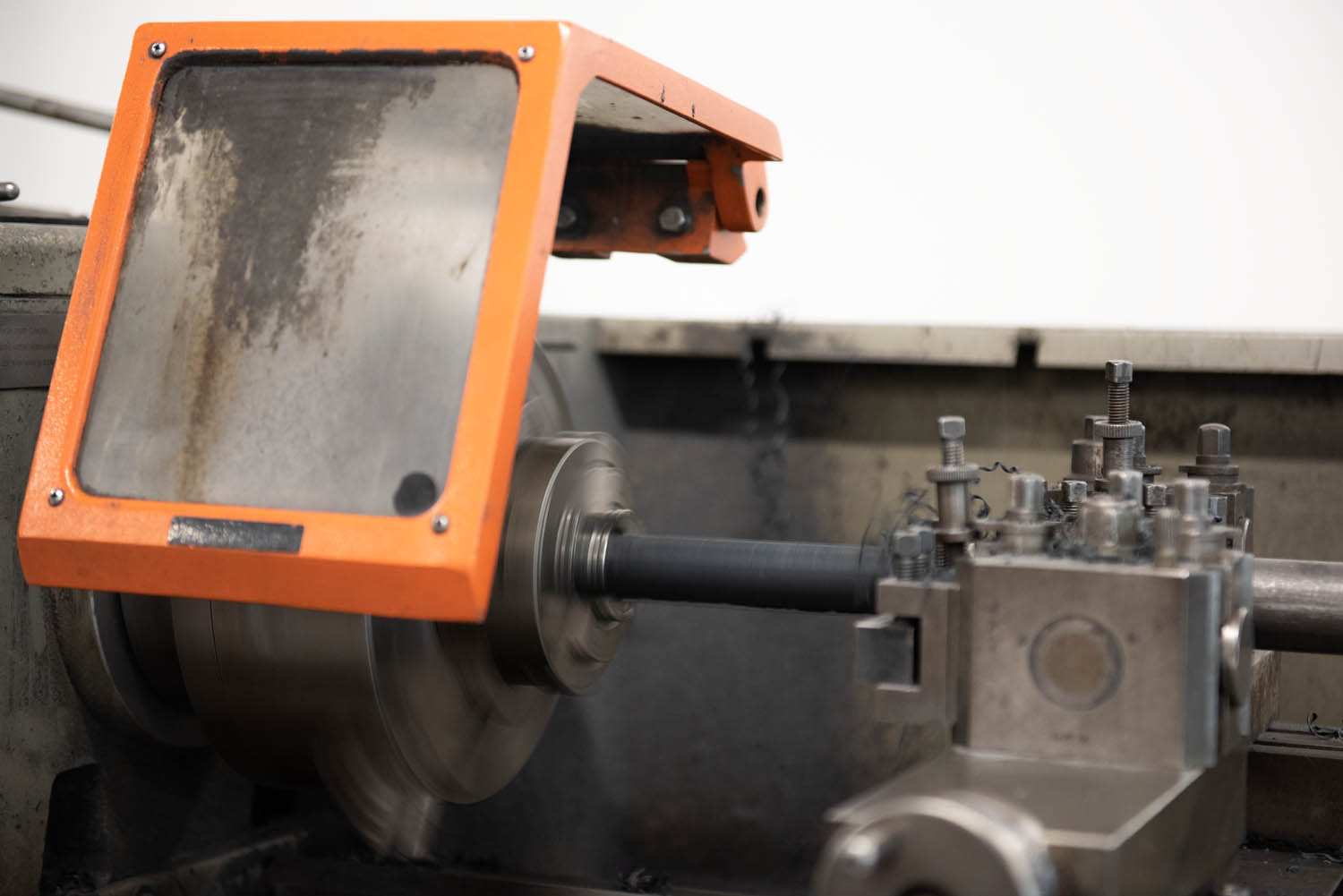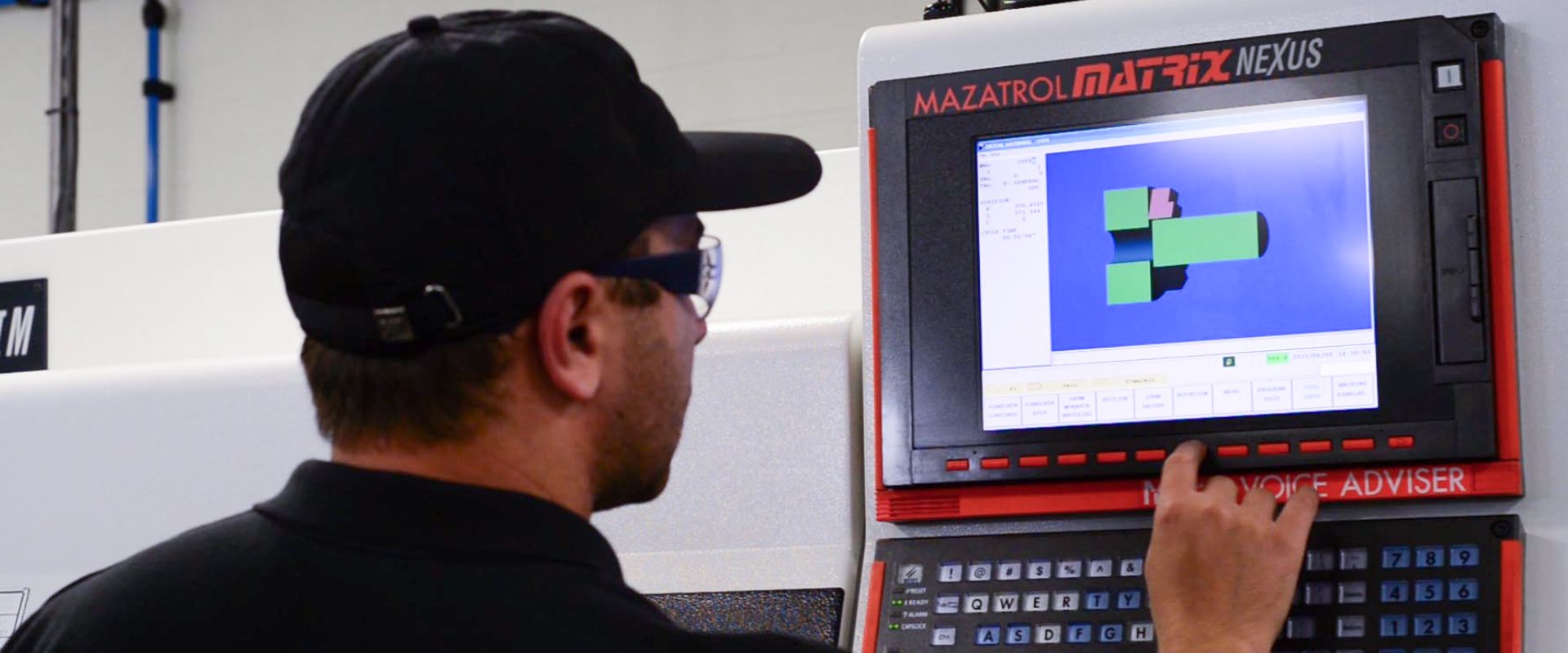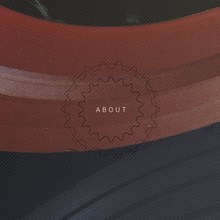Computer Numerical Control (CNC) machining encompasses CNC turning and CNC milling operations which are similar processes, but not exactly the same.
In the simplest terms, a CNC machine is a computer-controlled lathe that’s used to manufacture industrial parts. The raw material is attached to the milling spindle with a chuck that holds it in place. The spindle rotates at different speeds, turning the material while the milling cutter shapes it into the desired part. As the machining processes are computer-controlled, the raw materials are shaped into the desired parts with a high degree of precision.
What is CNC Turning?
CNC turning is a cost-effective and efficient method which is most effective when creating cylindrical and round parts that are designed by computer-aided manufacturing (CAM) software. The program controls the machining processes and the raw material is cut using a single-point cutting tool.
Common parts created by CNC turning include contact pins, valves, couplings, shafts, pins, hydraulic fittings, nuts, bolts, bearings and housings.
CNC turning can be used to manufacture parts for almost any industry. However, precision engineering is absolutely vital for some industries. Therefore, the sectors most likely to need high quality components created by CNC turning are:
- Aerospace
- Automotive
- Electronics
- Energy
- Industrial
- Medical

What is CNC Milling?
While CNC turning uses a single-point cutting tool, CNC milling uses a cutting tool that works on up to five different axes enabling the rotating cutting tool to turn in three different directions. The tools spin at thousands of RPM and the table rotates on several axes, enabling the milling machine to cut the material into shape easily and precisely.
This means the milling machine can utilise a series of different milling operations, for example end milling, hollow milling and face milling, to create virtually any shape you need. CNC milling is therefore used to create complex parts that can also include features such as holes, slots, and notches.
There are many industries where the use of high quality, precision-engineered parts is vital. If even the smallest part fails, it will have a major impact on productivity, so the investment in a bespoke part that fits precisely and is made of high quality materials, such as PTFE or PEEK, is likely to save thousands in repairs and lost productivity later. The industries we most commonly produce CNC-milled parts for are:
- Aerospace
- Automotive
- Electronics
- Energy
- Industrial
- Medical
CNC milling is an incredibly efficient process, producing parts and components more quickly than traditional manufacturing processes and, most importantly, with tight tolerances and a greater degree of accuracy than any other process. This is why we invest in cutting edge CNC milling machines that give us the advantage of accuracy, a quicker turnaround, and a more cost-effective process.
CNC Milling Process
CNC milling is a highly precise and efficient method for shaping materials into complex parts. Unlike CNC turning, where the material rotates, CNC milling keeps the workpiece stationary while a rotating cutting tool moves along multiple axes to carve out the desired shape.
How It Works:
- Design & Programming: A CAD design is converted into a CNC program, ensuring precision.
- Material Placement: The raw material is securely fixed in place.
- Multi-Axis Cutting: High-speed rotating tools move in multiple directions to remove material.
- Finishing Touches: Additional processes like drilling, threading, and surface finishing refine the part.

Key Differences Between CNC Turning and Milling
Put simply, there are two key differences between the type of CNC machine. A CNC turner uses a single-point cutting tool with three axes, whereas a CNC mill’s cutting tool is a five axis one. In CNC turning, the material is rotated while the cutting tool remains static; in CNC milling, the raw material is held in place while the tools rotate around it.
Which one you use depends on your CNC machining needs. For the simple parts, it is likely that CNC turning is the best method; the more complex the part, the more you will need to rely on milling for your CNC machining needs. If you would like to discuss which CNC machining process is better suited to your needs, call us on 01992 515880.
Key differences:
- CNC turning has a single-point cutting tool whereas CNC milling has multiple ones.
- CNC turning is mainly used for cylindrical parts or conical shapes; CNC milling is more suitable for flat and irregular shapes and surfaces.
- In the CNC turning process, the cutting tool maintains constant contact and works continuously; in CNC milling, the cutting process is intermittent.
Choosing the Right Process for Your Needs
Whether you need to design and develop a prototype part, need a short run or a large order, require simple or complex designs, talk to one of our specialists about the best CNC technology for your needs.
The material you use for each part is a vital consideration. We specialise in manufacturing parts made with engineering plastics and polymers such as polyethylene, nylon, PolyOxyMethylene and polyimide. Engineering plastics are perfect for jobs that require parts with a high degree of mechanical strength, thermal and chemical resistance. Our experts will work with you to find the best materials for your parts, but in the meantime, check our Chemical Compatibility Tool which will help you discover the best materials to use with particular chemicals they will come into contact with.
Our specialists will also advise you on whether CNC turning machines or CNC milling machines are the most appropriate method to create your parts.
Why Choose Fluorotec for CNC Machining?
AFT Fluorotec has been manufacturing high quality precision engineering parts for many years. Thanks to our expertise and willingness to invest in innovative technology and CNC programming, we offer comprehensive CNC milling and CNC turning services and can produce parts that range in size from less than 1mm to more than 1 meter.
Our specialists will help you decide on the best materials for the job. If there is no readily available material, we have the expertise to create a custom blend to produce the material with the qualities you need. We are one of just two UK companies with the capability to do this in-house, creating the best blend for the part.
We have many years of experience precision engineering plastics parts whatever the size or desired shape, and however simple or complicated your design. We are renowned for our high quality products, fast turnaround times, and customer service excellence.
Call us on 01992 515880 to discuss your CNC machining needs.
Frequently Asked Questions (FAQs)
What materials work best with CNC turning and milling machines?
We specialise in plastics turning and milling, particularly PTFE and PEEK materials and compounds. CNC lathes are the perfect machine tools for manufacturing parts made out of engineering plastics.
What is your standard batch size?
We will design and produce parts in whatever quantity you need, whether it’s a prototype, a couple of replacement parts, a small batch or a large production run.
What are your timescales?
We understand that sometimes you need a part very quickly, which is why we try to be flexible enough to accommodate the most pressing jobs. Our ability to work to short time scales means we are able to turn around jobs more quickly than other companies. Depending on the job, we could deliver the finished product in as little as one or two days. If you have an urgent CNC machining job, call us now on 01992 515880.
How do CNC turning and CNC milling machines handle complex geometries?
The complexity of the part is dependent on a number of factors including size, curvature, weight, tolerance, thickness, and finishing. Rest assured our state of the art CNC machines will handle even the most complex geometries. A combination of high quality design and precision engineering means we can manufacture even the most intricate designs. Our state-of-the-art CNC milling machine types handle even the most intricate designs, utilizing vertical milling machines and multi-axis capabilities, including the Z axis, for precise shaping.
Which process is faster for high-volume production?
A like-for-like comparison between the speed at which CNC turning and CNC milling work is virtually impossible as they deal with very different processes. CNC turning is best suited to the simpler designs, whereas CNC milling machines can handle much more complex shapes which will take longer to produce. If you would like an estimated timescale for your batch of products, call us on 01992 515880 or contact us online.



